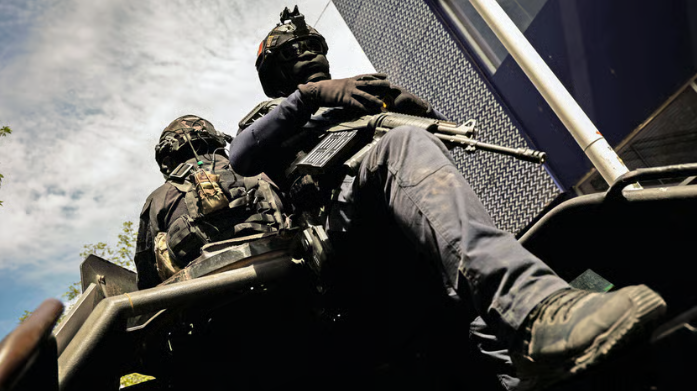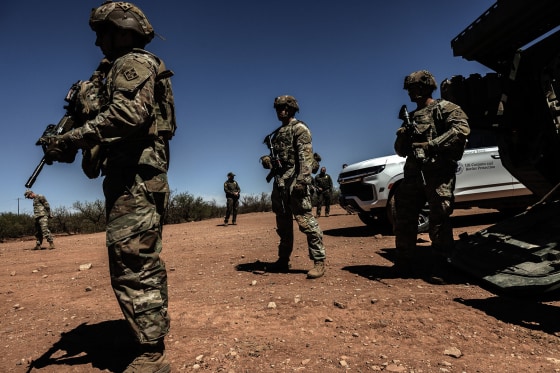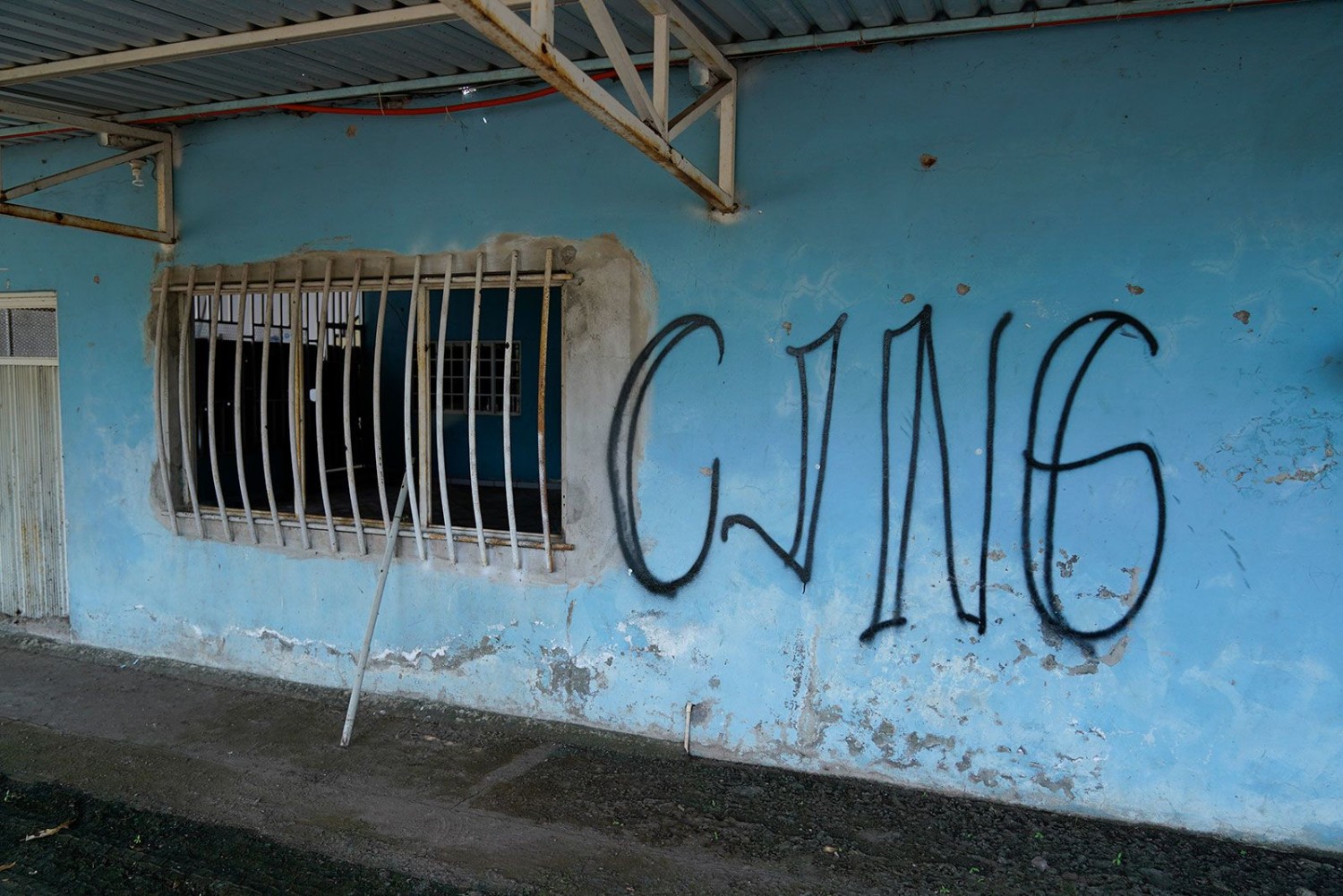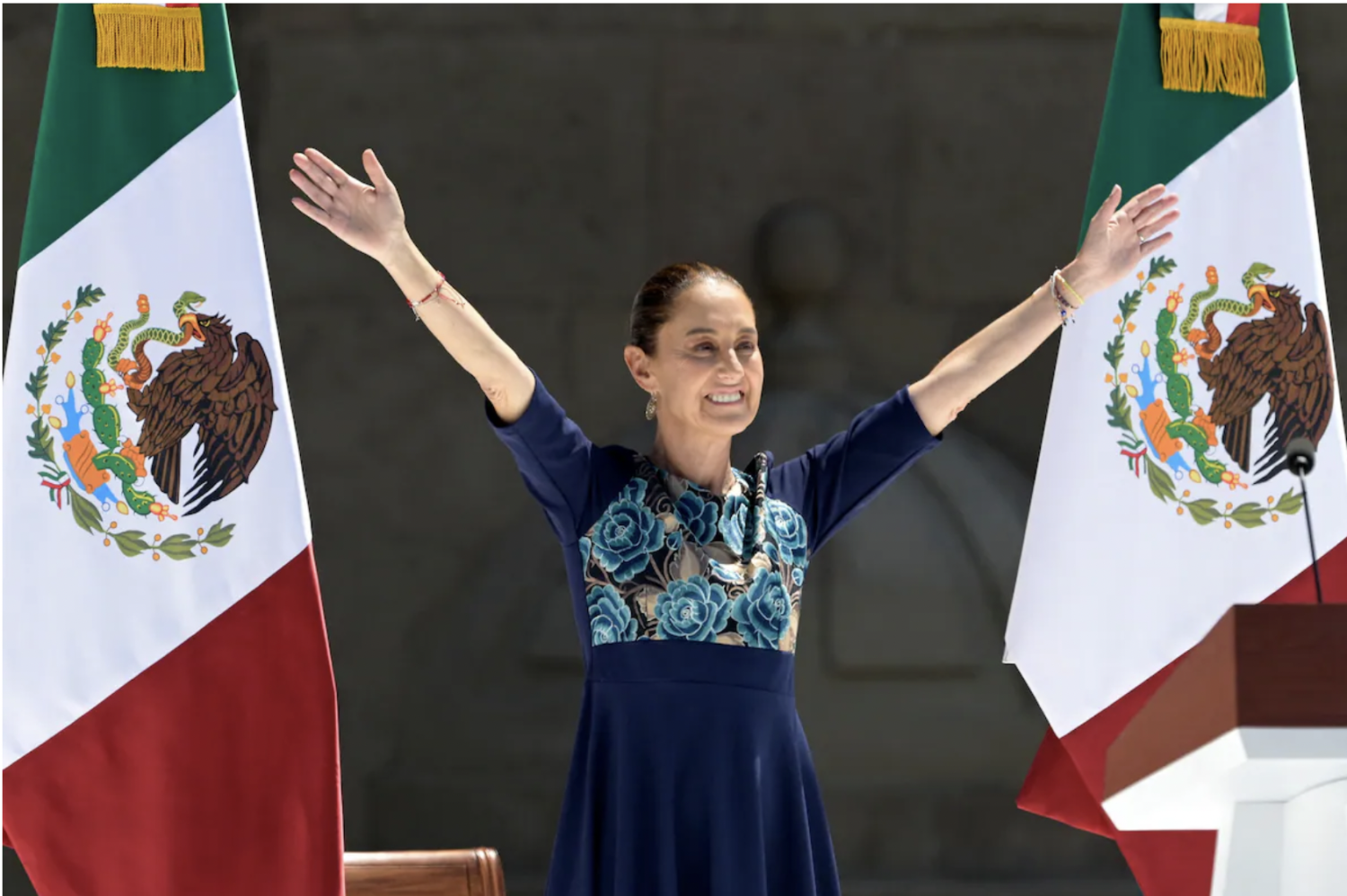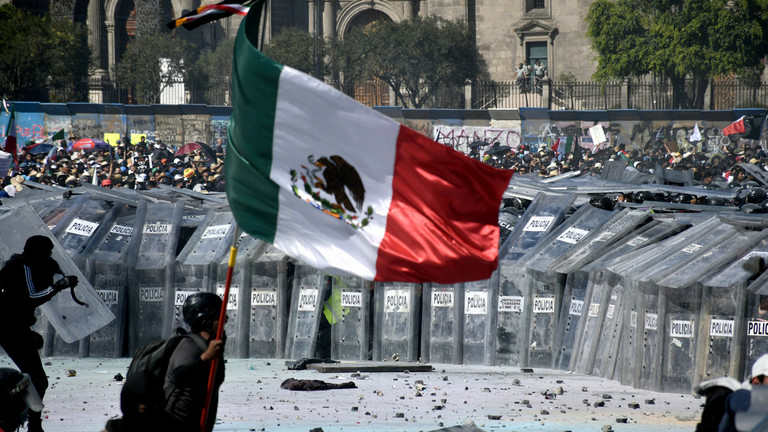
This article is more than
9 year oldUprooted in Mexico: the US children 'returned' to a country they barely know
After 14 years as an undocumented farmworker in the US, Julia Aguilar returned to Mexico last year with her two sons, both of whom were born in California. The boys, then seven and 10, had never previously visited their new home town of San Martín Peras in an isolated corner of the southern state of Oaxaca.
The move was not easy: the two boys spoke English and the region’s indigenous Mixteco language, but barely any Spanish. Life was hardest for the eldest, Jorge, who was unable to make friends or participate in classes at school.
“The children called him names and laughed at his Spanish. The teacher didn’t care, he just sat in class unable to understand or speak to anyone. He cried every day and begged me to send him back to the US,” said Aguilar, 39.
Jorge is one of at least half a million American citizens to enrol in Mexican schools since 2010 amid a rising wave deportations and voluntary repatriations driven by the US economic downturn and family obligations.
Since 2010, 1.4 million Mexicans have been repatriated by US migration officials, and more are likely to follow after last month’s supreme court decision that will block legal recognition of 4 million undocumented parents.
It’s unknown how many others have returned voluntarily, often taking their US-born children with them.
Whatever the reason for their return, the transition is tough for many American-born children who face a shock of cultural and language changes, as well as delays accessing basic education and health services while their families tackle the expensive, onerous bureaucratic process of claiming Mexican nationality.

Integration is particularly hard for children who return to indigenous communities rife with poverty and illiteracy.
With immigration reform stalled in the US amid a divisive debate on undocumented migrants in the presidential race, concern is mounting on both sides of the border about the challenges facing this growing binational population.
“These children are discriminated against because of their accents, the way they dress, and some of them reject the community’s culture and customs,” said Rufino Domínguez, director of the Institute of Migrant Attention (IAM) in Oaxaca. “This double rejection leaves many children frustrated and depressed, and creates inter-family problems.”
Oaxaca is the second poorest state in Mexico; two-thirds of its population live in poverty, and the poorest of the poor are concentrated amid the spectacular mountains of the Mixteca region where indigenous Mixteca and Triqui communities live in isolated valleys, eking out a living from subsistence farming and traditional handicrafts.
Large numbers started migrating to the US in the 1980s, where they became an important source of cheap farm labour, and many Mixteca communities are now kept afloat by money made in the US. But not all migrants stay north of the border forever, and when they return, they bring their children with them: according to a survey in 2015, a fifth of those moving from the US to Mexico were born in the United States.
Many indigenous families return home to comply with traditional indigenous laws which oblige them to take up rotating community roles such as mayor or policeman, or risk heavy fines – or even losing their ancestral land.
Yucunicoco is a cluster of eight Mixteca communities in Juxtlahuaca, reached by an undulating road through pine-covered mountains patchworked with apple orchards and maize, pumpkin and potato plots. Food is plentiful, but money is scarce as there is no market to sell the abundant produce.
Isabel Mendoza, 28, and Salvador Leyva, 29, were just married when they travelled to Oxnard, California, in 2004 to work on berry farms and save enough money to build a modest house in Yucunicoco. In 2011, they reluctantly returned home because it was Leyva’s turn to run the school committee.
Their two American-born children came with them. Now aged eight and 10, they have forgotten English completely.
“I want to send my children back to learn English and study so they will find better jobs and life for them won’t be so tough,” said Mendoza in broken Spanish.
Mendoza obtained her children’s dual nationality documents before leaving California – something the US is trying to encourage as its process is much more straightforward than Mexico’s complex requirements.
But this is rare. Many parents don’t know what documents are needed; others are afraid to undertake the process because they are in the US illegally. Those who are deported often return without any documents.
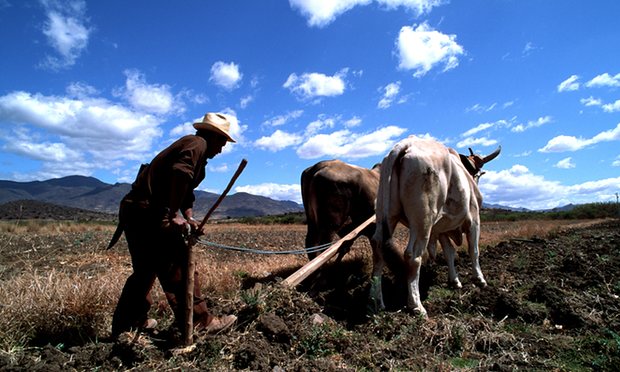
Karla Ramírez, 16, was born in Oregon where her mother Rosa Rincón had travelled looking for work. It didn’t pan out, so they soon returned to San Juan Yuta, another isolated Mixteca campesino community, where Ramírez grew up with her Mexican-born sisters. (Names of all the family members have been changed to protect their identity.)At the age of 11, Ramírez went to live with relatives in Texas where she learned English, ate pizza, went to the cinema, and dreamed of becoming a police officer.
But when she returned for a summer holiday in 2014, Ramírez decided that despite the hardships, she wanted to stay.
Her birth and school certificates were still in Texas, however, and the community school refused to accept her. She stayed home to look after her newborn niece while the others worked in the fields or went to school.
Then in February 2015, she was raped by her brother-in-law. She was too scared to tell anyone, and the truth came out only after she gave birth to a baby girl last October.
When Rincón took her daughter to report the rape, the police refused to register the complaint until Ramírez’s birth certificate arrived from the US with an apostille, or official certification. Then officers asked for 3,000 pesos ($180) for petrol to investigate the crime, which the family didn’t have. Meanwhile, the perpetrator fled.
Authorities have refused to register the baby because Rincón’s Christian name is not spelt correctly on Ramírez’s American birth certificate. The community health clinic, where the baby was born, is threatening to withhold health services including vaccines because she doesn’t have Mexican identity papers.
The family has been torn apart. Ramírez, who has not attended school in two years, is deeply traumatized.
“If only the school had accepted her or I’d made her go back to the US, none of this would have happened,” sobbed Rincón.
Ramírez wants to go back to Texas to finish high school, and the US consulate is helping her apply for a passport and citizenship for the baby, but her future remains uncertain.
In years past, returning parents often paid for a Mexican birth certificate to enable immediate access to school, vaccines and other basic services, instead of applying for dual nationality. This is illegal and makes it difficult for children to later reclaim American citizenship.
Since 2011, Rufino Domínguez and his team from the Institute of Migrant Attention has helped about a thousand families every year register their children as binational. .
“Identity is a human right, it’s the key to accessing many things, but this population remains invisible,” said Domínguez, whose term ends in December. “The truth is, violence, poverty and discrimination will eventually drive many back to the US.”
The US considers transnational families as highly vulnerable, according to Lisa Gisvold, chief of American citizen services at the US embassy in Mexico City.
“Many of these children have spent most of their lives in the shadows in both the US and Mexico – first as children of undocumented parents in the US and later as children who cannot prove their identity and citizenship in Mexico. These binational children should be one of the greatest resources of the next generation,” said Gisvold.
Back in San Martín Peras, Julia Aguilar explains how her son Jorge was so miserable that in the end she sent him back to California to live with his older – undocumented – siblings. He’s happier at school, but separation is painful.
Aguilar said: “He won’t speak to me, he keeps crying because he wants me to go back too, but it’s too expensive and dangerous. It’s the same for everyone here, we leave children behind to find work, and send others away to study. I’ve never had all my children with me at the same time.”
This reportage was produced with funding from the WK Kellogg Foundation, as part of a research project on invisible discriminations by the Journalism on Public Policy Program at the Center for Research and Teaching in Economics (cide), in Mexico City.
